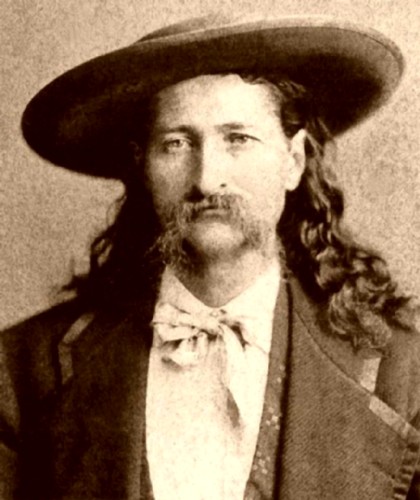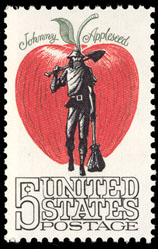Virago is a noun meaning a loud woman, one who displays strength and courage, and Ella Watson was just that [1]. An inspiring woman died on the fateful day of July 20, 1889. “Cattle Kateâ€, as she became nicknamed, was not known for her feminine touches, and was the first and the only woman hanged in the state of Wyoming. A woman in western history who made her mark as her body swung from a rope tied to branch of an oak tree, “…was the equal of any man on the range. Of robust physique she was a daredevil in the saddle, handy with a six-shooter and adept with the lariat and branding iron. She rode straddle, always had a vicious bronco for a mount…†[1] She made herself a name before the incident even happened, but left her mark on the world.
So why did this woman’s death make such an impact? It’s legality that stood in the way. “It now seems certain that the Association gave instructions to the Leader’s reporter Edward Towse to lay down an editorial smoke screen to accomplish the impossible–to justify the shocking and unprovoked lynchings of two homesteaders, a man and a woman. Over the next several days and months, Towse, and subsequently the editors of the other Cheyenne papers, composed many ficticious articles to obscure the truth… “[2] So the story says that George Henderson, a cattle driver and local resident of Wyoming, receives a telegram. He not only receives the telegram, but so do the members of the Wyoming Stock Growers Association informing them of the paired murder, the hanging of Ella Watson and James Averill. Henderson quickly goes to the Leader and relays the message to Edward Towse, and his creativity took the story from there. This fictitious article states that the two lawbreakers were ordered to leave the country a few times, but they never followed orders. They were apparently hustled at their house, confronted by cattle owners that the thieves had stolen from, and Averill cowardly blamed his mistress, Watson, aka Cattle Kate. As the pair resisted in being taken away from their hideout, the article reports that Watson’s foul language followed long after the kicking and screaming was no longer present. [2] Ella Watson, or “Cattle Kate,†hence got her nickname from this incident, and after became a star in the Wyoming newspapers.
The fact that Ella died under a tacky nickname was a historical event, but for the wrong reasons. Not only was the story supplementing her death a lie, but so were the comments and stories after the event that formulated to justify it, “If one of them had not been a woman, the whole matter would have been forgotten long ago!” [2] Watson was in fact the only woman to be hanged for cattle rustling, and she certainly did not go down without a fight. Other newspapers said more than that with, “In deeming her a prostitute, a charge often leveled at women living alone in the West, the Sun helped legitimize the violence directed against her and Averell.†[3] A prejudice was encouraged against women with a sexual lifestyle, one that they made a business out of, to survive off, and hence brought out the ugly side to the job. No record deems Ella of being accountable because witnesses were either driven off or too scared to reveal the truth of Watson’s unfair hanging. [4] A shame for Watson, but thankfully her justice has been reinstated and the truth came out.
Ella Watson’s hanging can best be described as being framed. A woman who led an alternative lifestyle that suffered unjustly for crimes she did not commit, she was an original. As her name is given justice today, she reminds us all the tough lifestyle not only a woman held through society in 1889, but being a prostitute as well. Her strength and persistence led her to the end, and remains long after her time ran out.
Author: Kim Whiting
Bibliography
[1] “Virago definition.†Merriam-Webster Dictionary and Thesaurus. 2009. Merriam-Webster Dictionary and Thesaurus Online. 20 Oct. 2009. http://www.merriam-webster.com/dictionary/virago
[2] Hufsmith, George W. The Wyoming Lynching of Cattle Kate, 1889. High Plains Press, 1993.
[3] Johnson, Marilynn S. Violence in the West. Bedford/St. Martin’s, 2008.
[4] “1889: “Cattle Kate†Ella Watson Lynched. 20 July 2009. Executed Today.com. 20 Oct. 2009. http://www.executedtoday.com/2009/07/20/1889-cattle-kate-ella-watson-lynched/





